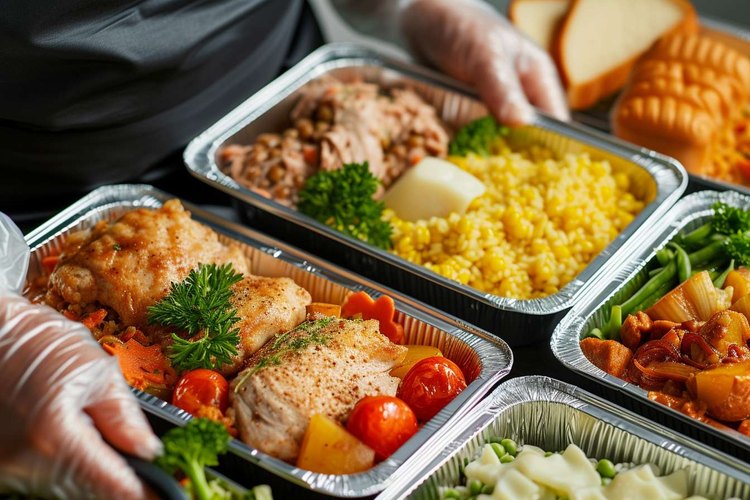Practical Guide to Lunch Boxes and Meal Containers
A lunch box is more than a simple carrying case: it's a practical tool for managing meals, reducing waste, and keeping food safe and appealing throughout the day. Choosing the right lunch box involves matching its size, insulation, and compartments to your routine, whether packing a workday meal, a child’s school lunch, or a picnic. When researching models or up-to-the-minute price and stock information, be aware that online tools and APIs can return rate-limit errors; for example: An error occurred during Api requesting: Too Many Requests: . That occasional limitation can affect live data checks but not basic guidance on selecting and using lunch boxes effectively.

Choosing a lunch box
Selecting a lunch box starts with understanding how you use it. Consider capacity (liters or compartment sizes), insulation for hot or cold food, and how leakproof it needs to be. Look for secure latches and seals if you pack sauces or dressings. For children, focus on durability and easy-to-open lids; for adults, check for slim designs that fit into bags. Portability features such as handles, straps, or stackable designs also matter. Aim for materials that balance weight, robustness, and cleaning ease.
Storing food safely
Food safety is central when packing meals. Keep perishable food chilled until consumption by using ice packs or insulated compartments and aim to keep cold items at 4°C (40°F) or below when possible. For hot meals, an insulated container can maintain temperature for several hours, but avoid long-held food above 60°C (140°F) without checking manufacturer guidance. Pack wet ingredients separately to prevent sogginess, and cool cooked foods before sealing to limit condensation. Regularly clean and fully dry containers to prevent bacterial growth.
Types of container materials
Container material affects weight, durability, safety, and cleaning. Stainless steel is durable, often insulated, and resists staining or odors; it’s not microwave-safe. Glass offers non-reactive surfaces and microwave use but is heavier and can break. Plastic containers are lightweight and inexpensive; choose BPA-free plastics and check heat tolerance. Silicone is flexible and compact for collapsible designs. Review manufacturer cleaning recommendations—dishwasher-safe marks simplify maintenance, while some insulated containers require hand washing of lids or seals.
Planning a balanced meal
A practical lunch balances protein, grains or starchy vegetables, vegetables or fruit, and a small healthy fat, portioned to appetite and activity level. Use compartments or separate containers to keep textures distinct: grains and proteins together, crisp vegetables separate, and dressings in small leakproof pots. Consider easy-to-pack proteins like hard-boiled eggs, canned tuna, beans, or tofu, and fiber-rich sides such as whole-grain bread, quinoa, or roasted root vegetables. Snacks and hydration—nuts, yogurt, fruit, and a refillable water bottle—round out a sustaining midday meal.
Using a bento box for variety
A bento box is a compartmentalized lunch container that encourages portion control and varied textures. Originally from Japanese meal practices, modern bento boxes come in multiple sizes and often feature removable trays, leakproof sections, and stackable tiers. They work well for balanced meals where each compartment holds a different element—grains, protein, cooked vegetables, pickles, or fruit—helping to prevent mixing and keeping food visually appealing. Bento-style packing can simplify meal prep and make it easier to combine small portions into complete meals.
Conclusion
Choosing and using a lunch box effectively combines practical choices about materials and features with basic food-safety practices and meal planning. Match container type and size to how you travel and eat, separate moist ingredients to preserve texture, and use insulated or cooling elements where temperature control is important. Small adjustments—like selecting the right seal or packing dressings separately—can make daily meals fresher and more enjoyable without adding complexity.






